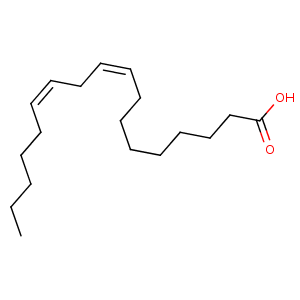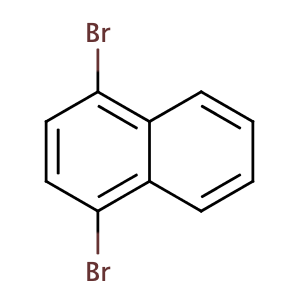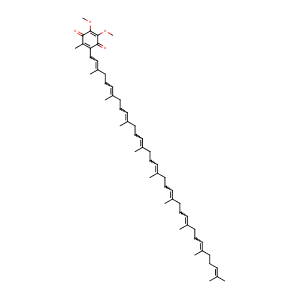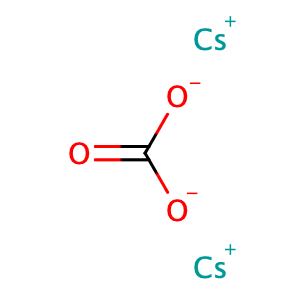
Linoleic acid CAS No.60-33-3 / Cat No.EBD3316621
Linolicacid
9,12-linoleicacid
9,12-Octadecadieneoicacid,(Z,Z)-
9,12-Octadecadienoicacid(Z,Z)-
9-cis,12-cis-Octadecadienoate
cis-9,cis-12-octadecadienoicacid
cis,cis-9,12-octadecadienoicacid
cis,cis-Delta-9,12-octadecadienoate
emersol310
emersol315
linoleoate
polyinno.515
telfairicacid
(Z)-9,12-octadecadienoicacid
octadeca-9,12-dienoicacid
Properties
-
Appearance:
Colorless to straw colored liquid
-
Density:
0.902 g/mL at 25 °C(lit.)
-
Melting point:
−5 °C(lit.)
-
Boiling point:
229-230 °C/16 mmHg(lit.)
-
Flashing point:
>113 °C
-
Storage temperature:
−20°C
-
Coefficient of refraction:
n20/D 1.466(lit.)
-
Solubility:
insoluble in water
Safety Information
-
Signal words:
None
NMR Spectrum
Prediction: Example 51H- and 13C-NMR analysis of deuterated PUFAs Described in Examples 1-4 (FIG. 2).Characteristic areas of 1H and 13C spectra, all values in ppm. (Panel A) Deuteration of Lin acid at pos. 11 isconfirmed by the disappearance of peaks in 1H and 13C NMR spectra. Disappearance of the peak at deltaH 2.764 is expected due to absence of H atoms NMR). Disappearance of the peak at deltaC 25.5 in is due to combination of Nuclear Overhauser Effect, and splitting of this particular carbon atom into a quintet by two D atoms in the deuterated form of Lin acid. (Panel B) The 1H NMR spectrum shows that the H atoms at C11 and C14 positions of site-specifically deuterated alphaLnn coincide (deltaH 2.801) thus deuteration at either site (11,11-H2, 14,14-D2 or 11,11-D2, 14,14-H2) leads to a 50percent decrease in integration of this peak, while deuteration of both sites (11,11,14,14-D4) leads to the complete disappearance of the peak at deltaH 2.801. However, 13C NMR experiments can clearly distinguish between the three deuterated forms, as the observed peaks for C11 and C14 positions are separated by a small but detectable difference. Thus, the deuteration at either C11 or C14 positions leads to disappearance of the peak at deltaC 25.68 or deltaC 25.60, respectively, while the deuteration at both sites leads to disappearance of the two corresponding peaks.
1H NMR
13C NMR



